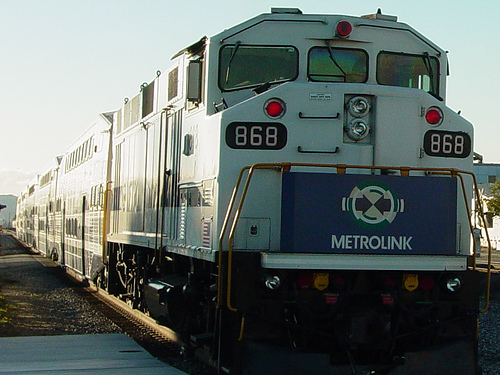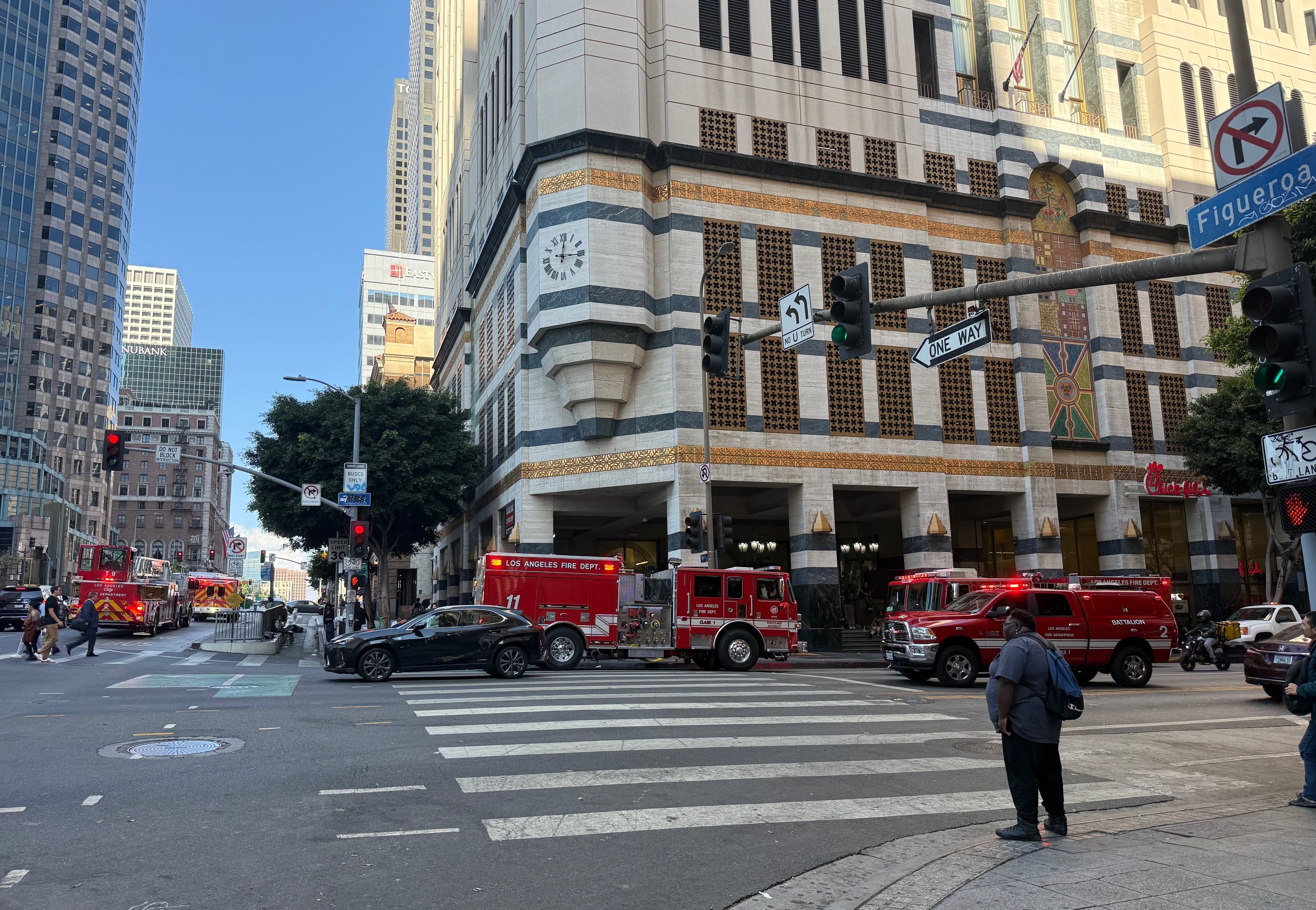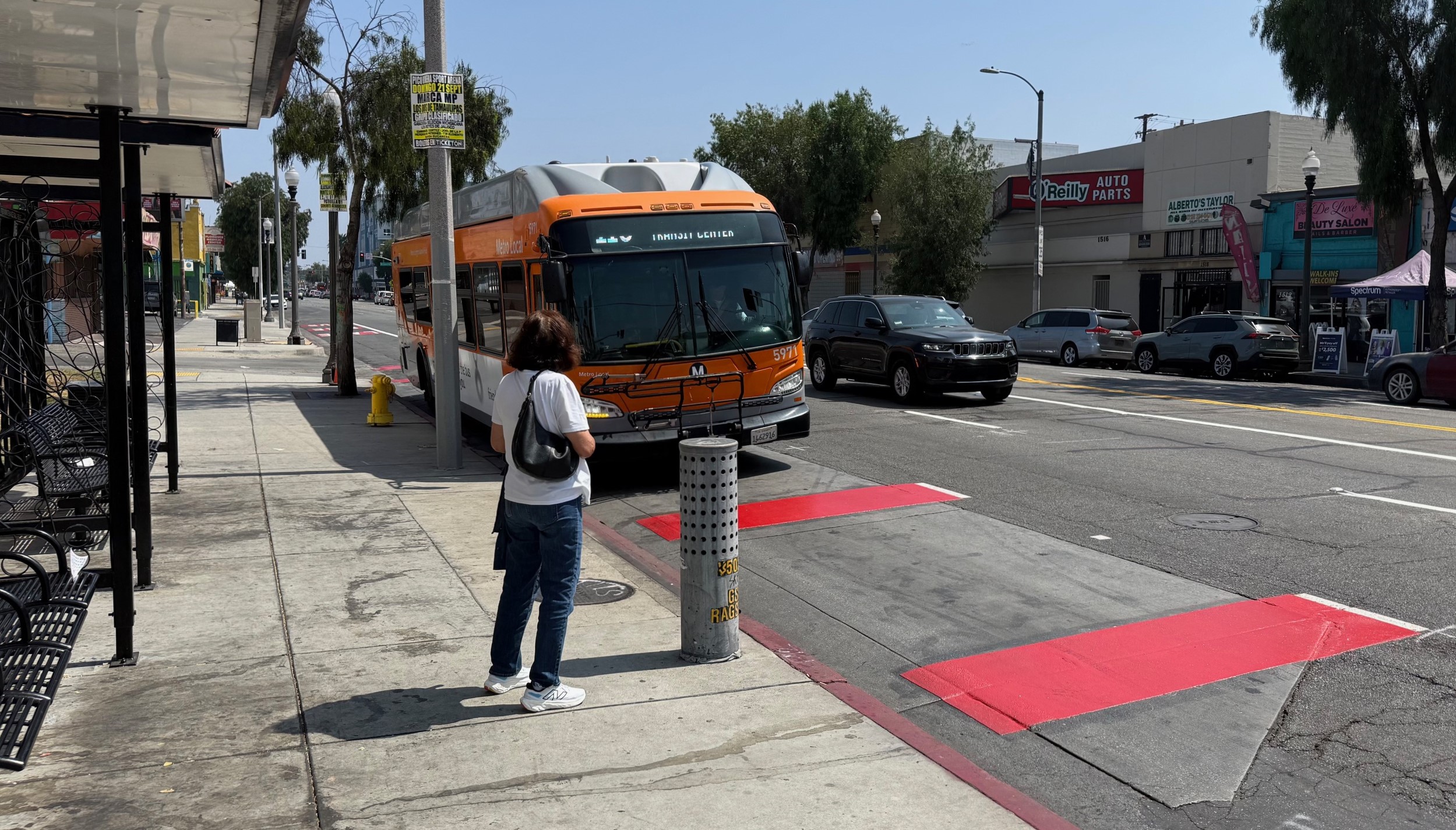(I want to be explicit this is solely my own opinion, and in no way endorsed by either Streetsblog or Southern California Transit Advocates - DG)
UGH! You've likely seen the news reports that a shakeup has occurred at Metrolink with the Chief Financial Officer resigning in the wake of a scathing review of Metrolink's financial condition.
To quote Yogi Berra, it is deja-vu all over again. This circle the wagons, fall on your sword, find someone ANYONE to blame EXCEPT the Board of Directors for the latest crisis is a recurring theme with Metrolink, which I have long noted is plagued with an insular culture.
In the late 1990s Metrolink's first CEO Richard Stanger resigned amid what the LA Times describes as "... an audit criticized agency leaders for the way they handled contracts, billings, employee relations and planning." Sound familiar? Stanger fell on his sword, things were hushed up as to who really was to blame, the Board ducked any questioning of its falling flat in undertaking its fiduciary duty for oversight and instead of launching a search for a new CEO they handed the job PDQ to Stangers's #2 David Solow. Yee ho, away we go!
To understand what happened next you need some background on the history of Metrolink (as I and frequent Streetblogs commenter calwatch have noted, these boring structural issues impact how and what government bodies do). It is a joint powers authority whose Board is made up of appointees of the various County Transportation Commissions. Inherent is a conflict in governing since all the members either directly operate or fund transportation in their home areas. This means the Metrolink budget is always under scrutiny ("Hey! Is that funds we could have for our county?") That led the agency to drop Amtrak as its contract operator in 2004 to save money by hiring Connex. This of course resulted in the horrific 2008 Chatsworth train collision due to slipshod operating procedures (they subsequently re-hired Amtrak).
When spokesperson Denise Tyrrell a day after the incident announced the preliminary findings that the engineer was at fault she was criticized by agency management and in protest resigned. Eventual findings vindicated her and she received a settlement for claims over this poor treatment. CEO Solow (who admitted he had told Tyrrell it was OK to share the findings) was allowed to save face with a consulting position while a search for a new CEO was launched. Again the wagons circled and scrutiny was avoided.
By all accounts the new CEO John Fenton was a breathe of fresh air, shaking up a complacent entity and bringing experience and vigor to the task of re-making Metrolink into an organization more in tune with modern industry practices. When he resigned last year and another experienced rail executive Michael P. DePallo was hired I hoped it meant a competent team was in place and that the sketchy behavior was all in the past.
What a fool I am! Here we are with the Board again playing Claude Rains ("We are shocked! Shocked!) with no hint of what blame they bear for the mess. Some poor lackey falls on their sword and thus onward hooray! hooray!
I'm sorry but I have this bad case of believing in reality. Sort of like how I was beyond bemused at Steve Hymon's recent kind interpretation that Metro was formed "... to cut the inherent red tape that came with two government agencies trying to operate and/or plan transit and transportation in one county". Steve wasn't around when it happened so I don't blame him for not knowing the bloody details of the reckless childish actions of the governmental elites that resulted in pointless feuding which was finally resolved via a less than ideal solution of squishing the two agencies together into a lopsided monster. And even then the feuding went on (the late Julian Dixon quipped that staff badges in the wake of the merger were designed at a glance to let you know if the person bearing it came from RTD or the Commission).
Why does any of this matter? Folks often in the comments section (here and elsewhere) express a desire for Metrolink to eventually aspire to be a regional transportation network a la Long Island Railroad. Fat chance of that! Just read the "What's Next" chapter in Metrolink's 20th Anniversary Report. A few extensions and some double tracking. Vision? Bold leadership? Come on, forgetaboutit! The inherent parochialism of the current Board structure all but guarantees it will not happen in our lifetimes.
Who is the villain? You can't really point at any person. The blame is the lack of accountability and an agency design that is about priorities other than having a world class railroad (like worrying about the agency being too dominated by Metro). The fault is not in our stars but in ourselves. Maybe one small hope is this commentary may help foster a fresh spirit of truth and rededication to safety and what is right.
Or am I again being a fool?
For those wondering how much validity the forgoing has here are comments by Rail Passenger Association of California and Nevada President Paul Dyson that appear in today's Los Angeles Times as a letter to the editor :
This is yet another failure by Metrolink. After 20 years in operation, the best this railroad can do is attract 20,000 round-trip riders per weekday from a population base of about 20 million. It is still not possible to take a train between most of Los Angeles County and Orange County, and there is no attempt even to provide timed transfers between trains.
Now we hear that there is not even a sound bookkeeping system in place to control and disperse the funds to operate the trains and to invest in the future. In addition, Metrolink has raised fares to the point that the cost of many journeys exceeds the cost for gasoline.
The Joint Powers Board model has failed. We need either a state or super-regional authority with the power to coordinate all rail passenger services in Southern California to provide commuters a true alternative to cars.







